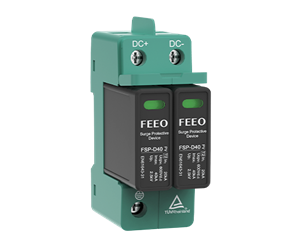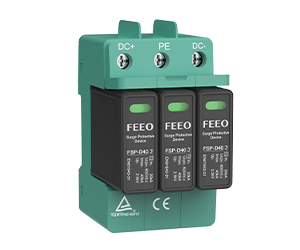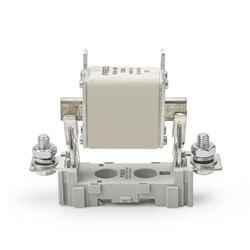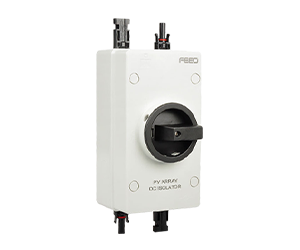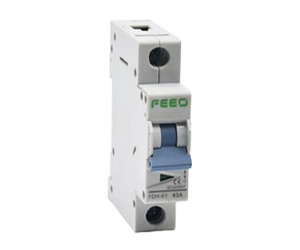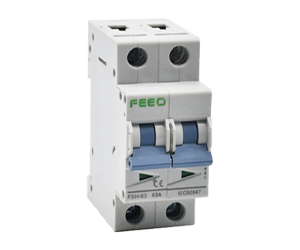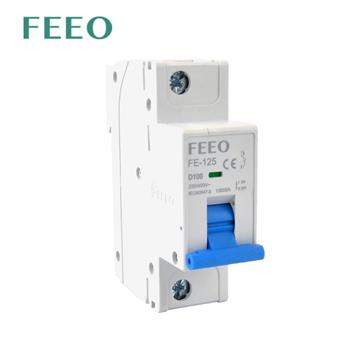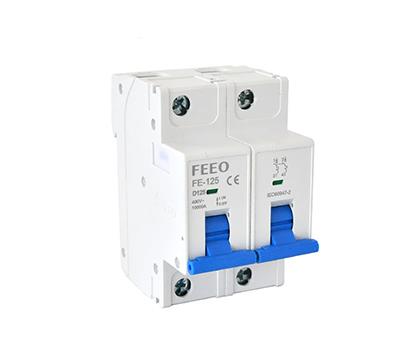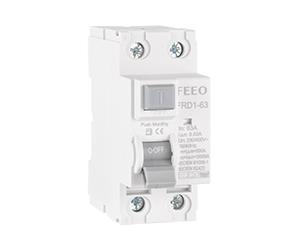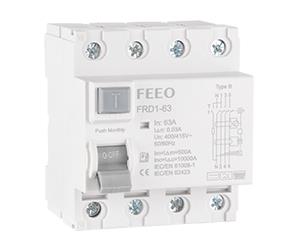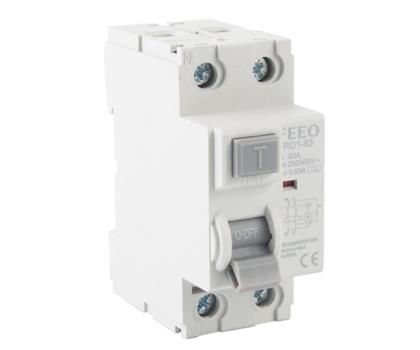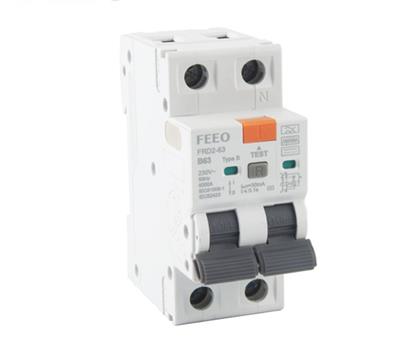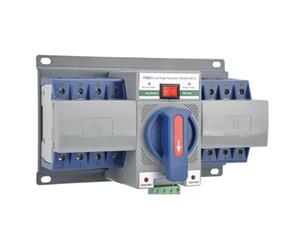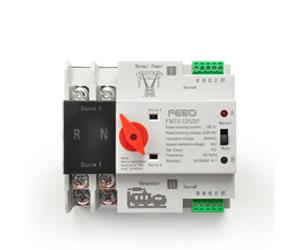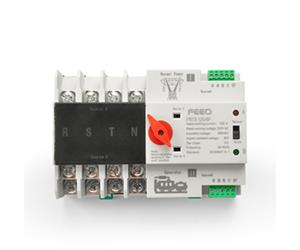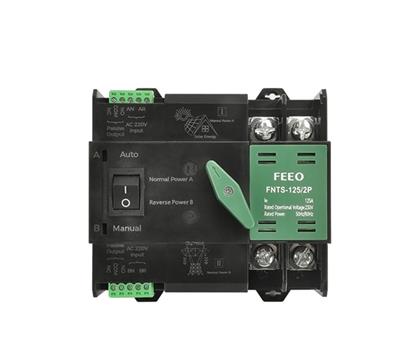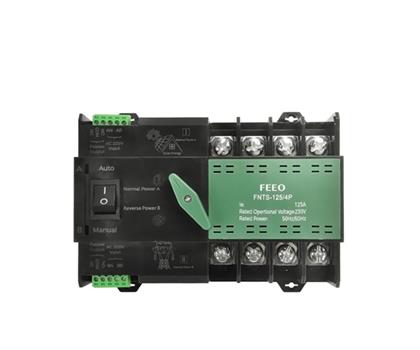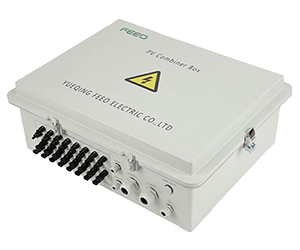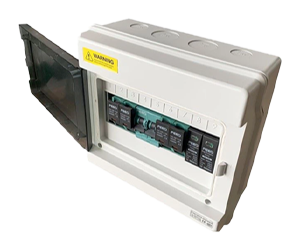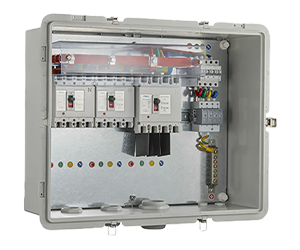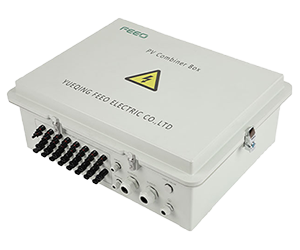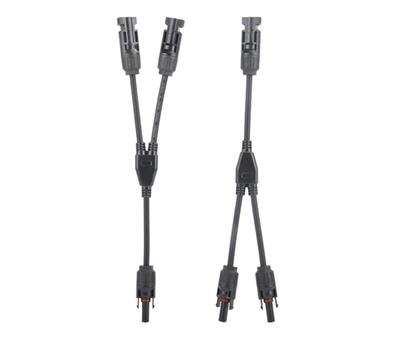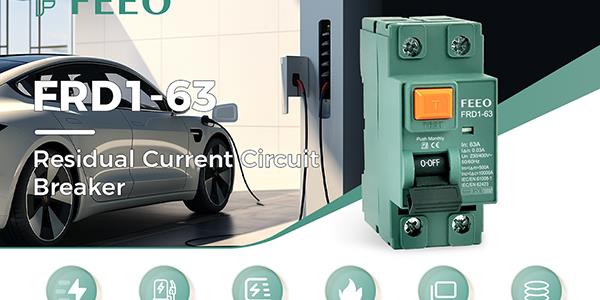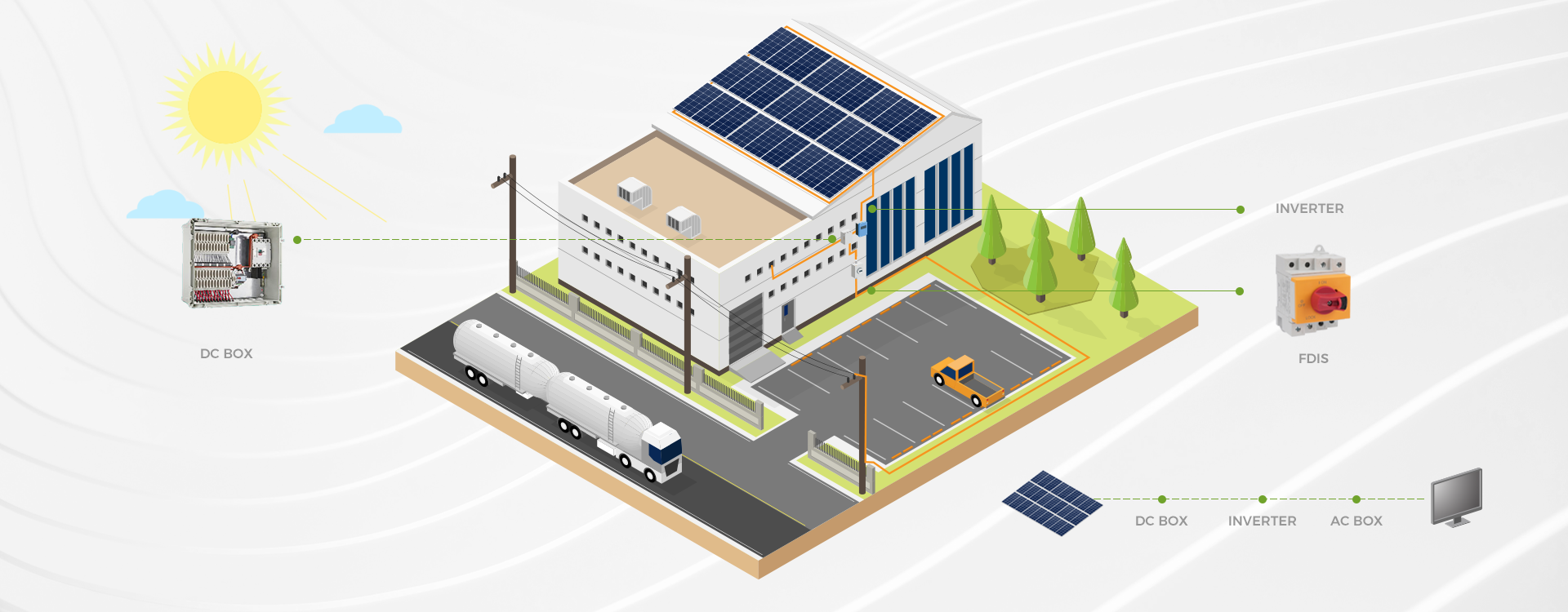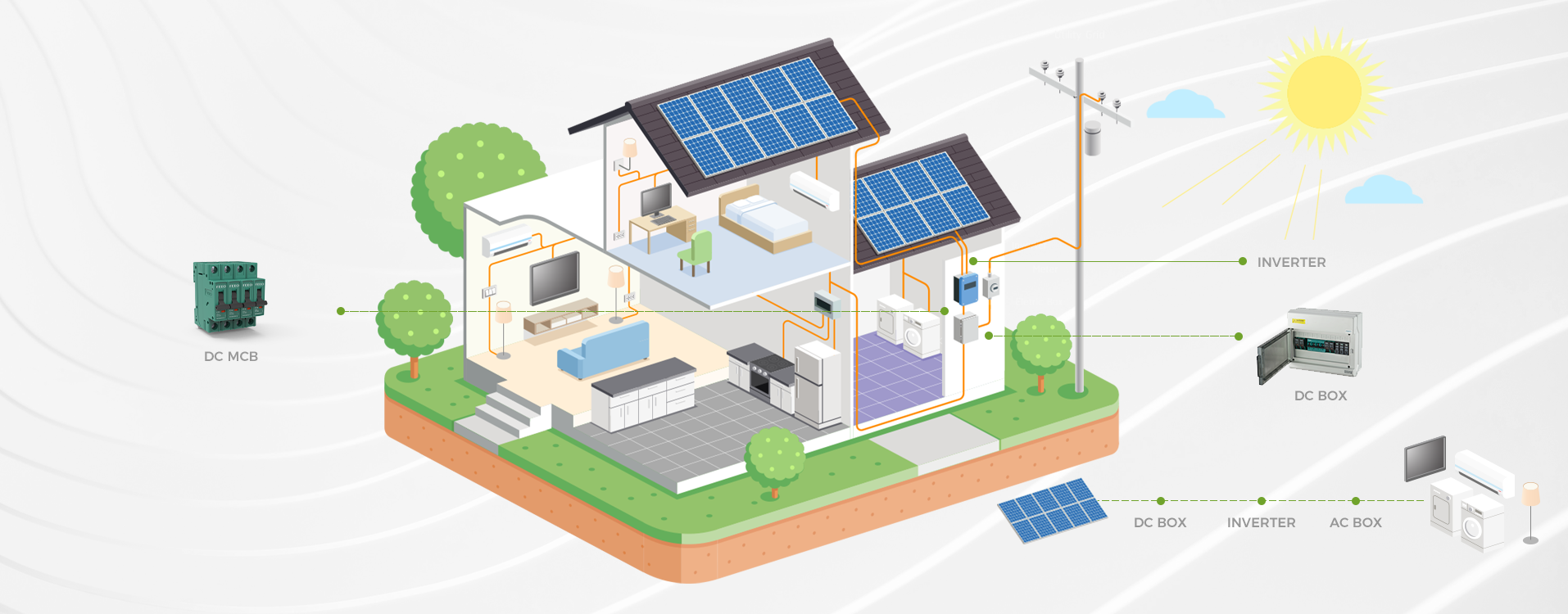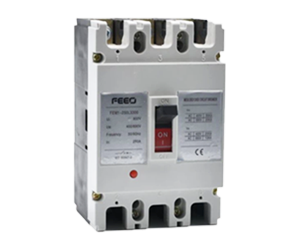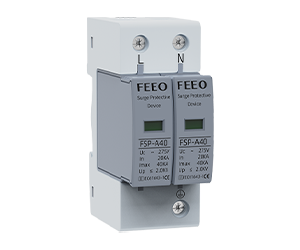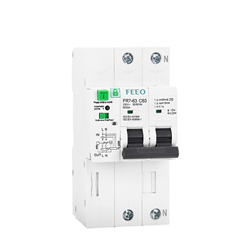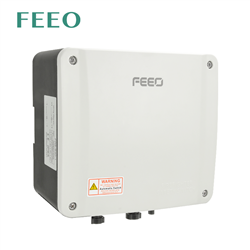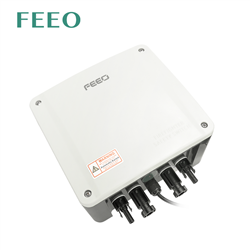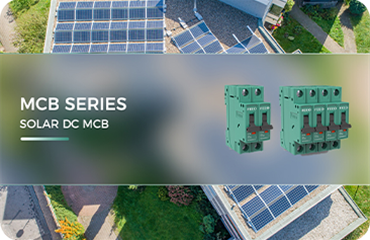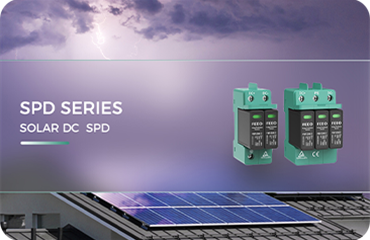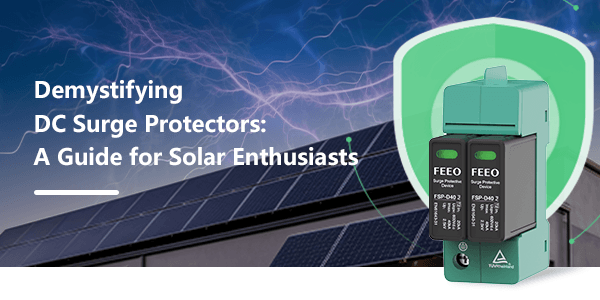The world is accelerating toward a sustainable future, and the combination of photovoltaic (PV) solar energy and electric vehicles (EVs) is emerging as the ultimate pairing for zero-emission transportation. As climate change demands urgent action, this synergy offers a powerful solution—clean energy powering clean mobility.
1. Solar Power: Fueling EVs Sustainably
While EVs already reduce carbon emissions compared to gasoline cars, their environmental impact depends on the energy source. Charging an EV with coal-based electricity still leaves a carbon footprint. However, pairing EVs with solar power ensures truly green transportation.
Home Solar Charging: Homeowners with rooftop PV systems can charge their EVs with sunlight, drastically cutting electricity costs and emissions.
Solar-Powered Charging Stations: Companies and governments are deploying solar carports and charging hubs, enabling drivers to recharge with 100% renewable energy.
2. The Rise of "Solar EVs"
Innovators are taking this integration further by embedding solar panels directly into EVs. While current solar roofs (e.g., on the Lightyear 0 or Toyota Prius Prime) provide limited range extension, advancements in thin-film solar tech could soon allow cars to recharge significantly while parked or even on the move.
3. Economic & Environmental Benefits
Lower Costs: Solar energy reduces reliance on grid electricity, saving EV owners money in the long run.
Energy Independence: PV+EV systems allow households and businesses to generate and consume their own power, reducing vulnerability to energy price hikes.
Grid Relief: Smart solar-charging systems can feed excess energy back into the grid, stabilizing demand.
4. Challenges & Solutions
Efficiency Limits: Current solar panels convert only ~20% of sunlight into energy. However, perovskite solar cells and bifacial panels promise higher yields.
Storage Needs: Pairing PV with home battery systems (e.g., Tesla Powerwall) ensures EV charging even at night.
5. The Road Ahead
Governments and industries must collaborate to scale this synergy:
Subsidies for solar-powered EV charging.
R&D investments in high-efficiency solar-integrated vehicles.
Smart infrastructure, like vehicle-to-grid (V2G) systems, where EVs return surplus energy to the grid.
Conclusion
The marriage of PV and EV technology is more than a trend—it’s the foundation of a carbon-neutral transportation future. By harnessing the sun’s power, we can drive toward a world where every mile is powered by clean, renewable energy.
The future of mobility isn’t just electric—it’s solar-electric.







